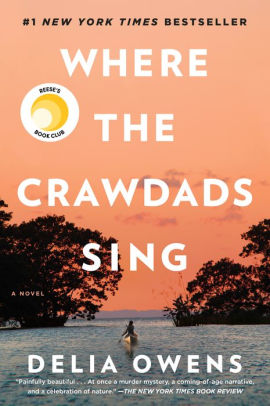Library Writer’s Group
May 2019
The First Year Of My Life
Me
Taken January 2017
Personal Autonomy - self-directing freedom and especially moral independence
~ Merriam Webster
How do I define the first year of my life? Is it the 12 months following my birth? Or perhaps the first time, as a toddler, when I stomped my foot and made a fist and said firmly “Me do it!”. Was it the first day of school? When I first got my driver's license or perhaps my nursing license? How about when I moved into my first apartment? Clearly, when I think about the definition of “my life”, I think about becoming an independent individual or to put it another way, achieving autonomy. Without autonomy I am not living my life, instead I am living an extension of another person’s life. Following birth, I was an extension of my parents, and later as I grew up, an extension of other relationships. It has been my experience that autonomy has been a fleeting accomplishment. I achieve it, with my sails open and moving swiftly across the sea of life, only to become overcome by a vicious storm and luckily am thrown a lifeline by another, and am hauled back to port, coughing and sputtering and dripping wet.
Philosophers have struggled to define “self” versus “other” since the late 1700s, but it was in the mid 20th century that Jean Paul Sartre wrote his work “In Being and Nothingness” in which he describes the “other” as providing an orientation and not a threat to the self. Soon thereafter, Sartre’s student and lover, Simone de Beauvoir, a French woman, took his ideas further in her book The Second Sex to explain that men were designed by our society to be “the default” while women were delegated to be the “other”. This has made it more of a challenge for a woman to achieve autonomy. Simone de Beauvoir wrote her book in 1949. Hopefully some progress has been made since then and young women have less of a struggle achieving some autonomy today.
How do I mark the point when I achieved autonomy? I have not, so I do not. There is no point in time where I can say I achieved autonomy. Autonomy, for me, has been a gradual
thing, akin to layers opening up, much like the pedals on a flower. Autonomy is something that continues to this day to happen for me, bit by bit. So, every morning when I wake up, I begin the the first year of my life.







